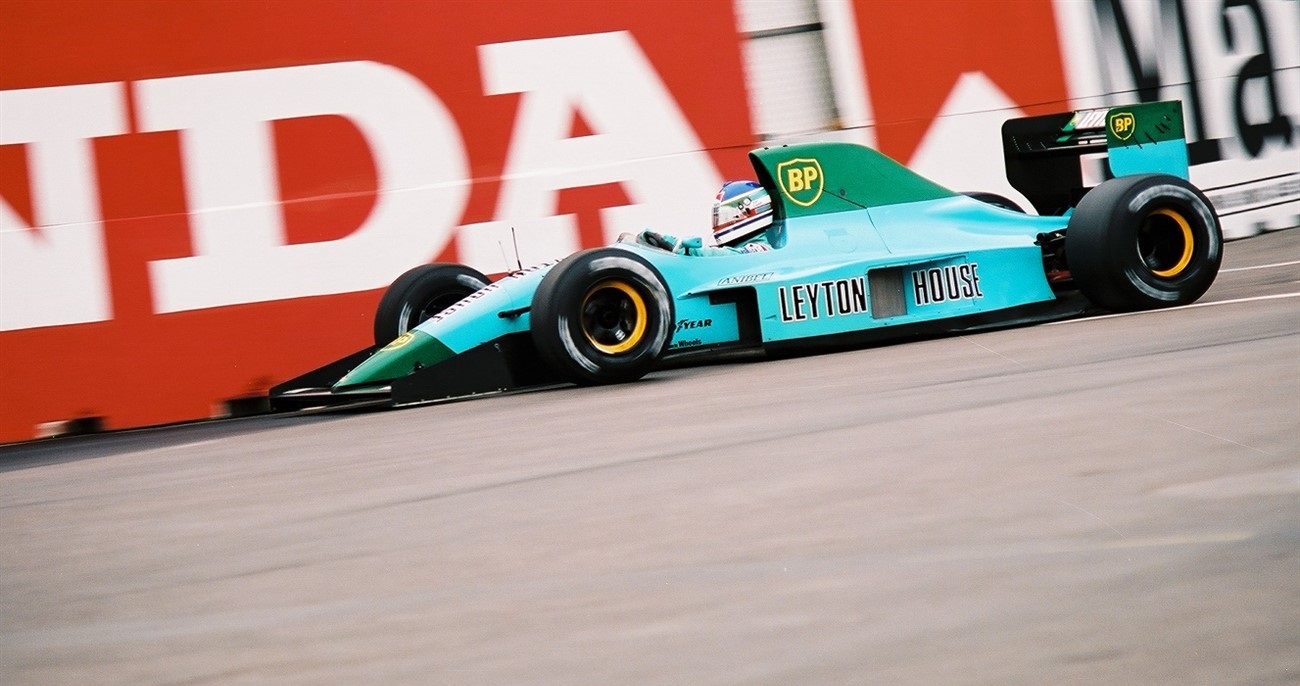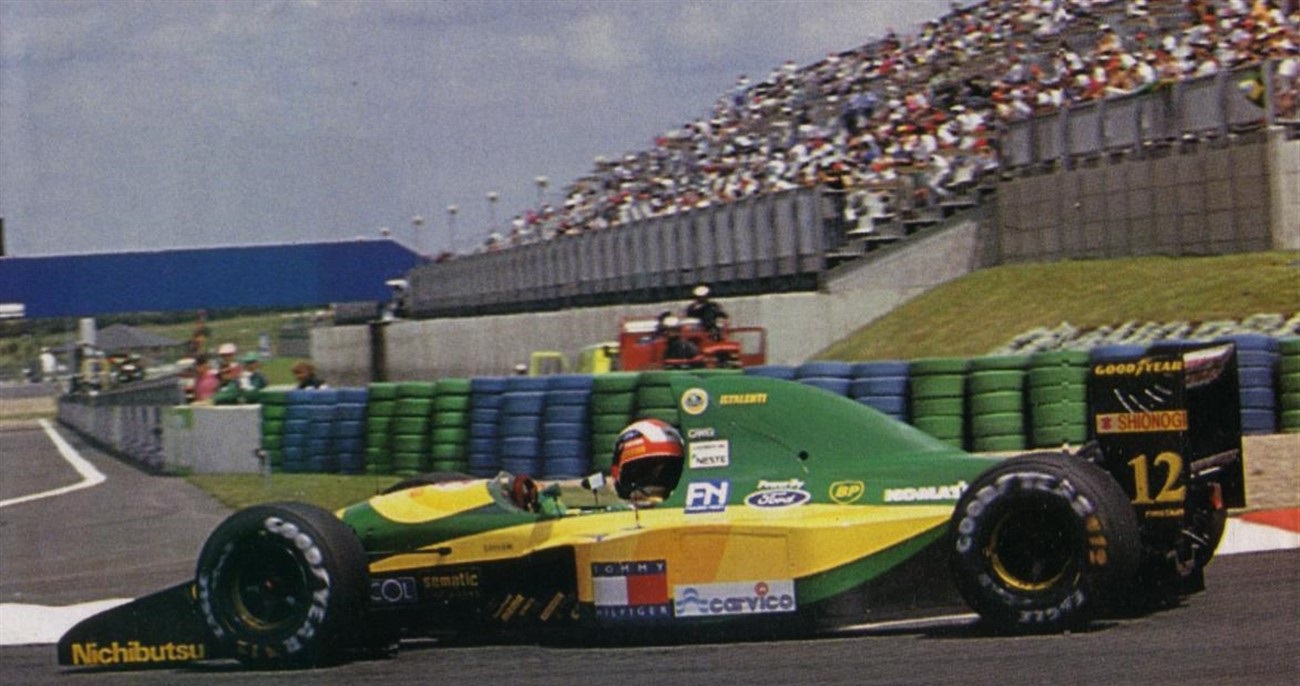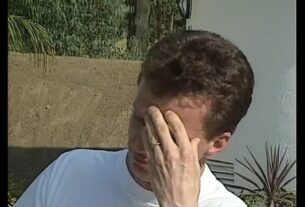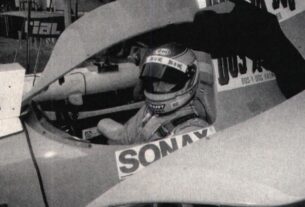My gosh 1991 sounds so far away, probably there are still former key members from Leyton House Racing who have a bad taste from the year. Because Gustav Brunner and Chris Murphy designed the CG911. However, this was not the original design for the car. There was a more high-tech and developed design ready to be build. That design eventually won seven races in 1991. In 1992, the same design evolved and improved won the title with Nige and the constructor title. Yes, I am speaking about the Williams FW14 and the FW14B, that dominated the Formula One in 1991 and 1992. The designer? Adrian Newey who begins a new chapter in 2025 with Aston Martin in the Formula One.
You might think I’m drunk while writing this piece, you might won’t believe the story. However, feel free to ask Ian Phillips, former Leyton House team manager, about what Chris Murphy and Gustav Brunner did not do with the design. His answer will be straight to the point! Utterly stupid (im using nice words) that the blueprints of the first CG911 were never used by them.
While Adrian’s first F1 design was the March 881 in 1988, his first steps in the Formula One were with Fittipaldi Automotive. There he designed together with Harvey Postlethwaite the Fittipaldi F8. During the 1982 season, while the team was struggling Newey worked on the unraced Fittipaldi F10. The car came as far as a wind tunnel model however; the Fittipaldi brothers decided in early 1983 to discontinue their team in the Formula One.
Being competitive with the March team in 1988 for 1989, he designed the March CG891 that seemed to be too much and to complex. Most of the races the car suffered reliability problems with the casing for the inboard gear cluster. As well, the engine that powered the CG891, the Judd EV, was far from competitive. There were no points scored with the CG891. For 1990, Adrian Newey designed the March CG901.
The CG901 looked smooth and quick. However, due to an inconsistent error in the aerodynamics which came from a wrong setting in the wind tunnel the car was struggling badly in the first part of 1990. The team even faced DNQ’s during the Brazilian, Monaco and Mexican Grand Prix. During these few races, the pressure grew on Newey to have the car fixed. A B-spec of the CG901 appeared during the French Grand Prix. The results were instantly better. Ivan Capelli even finished second during the race! However, it was a little too late to keep Newey on-board at the team. Keeble fired Newey in the summer of 1990.
This is the part where it gets interesting. After the French Grand Prix Newey was fired while chief drafter Tim Holloway following him. While the CG901 was struggling and a B-spec was to be constructed Newey also started working on it’s successor the CG911. The car that would have such an advantage that it would be easily, with the proper engine, a new top team on the grid. The CG911 would be fitted with the in-house produced active suspension, which looked promising when it was “actively” tested.
While Ian and others are 100% sure the Newey designed CG911 would have bring Leyton House better results. I can understand that both Murphy and Brunner wanted to start from scratch. Though, if you have people within your team that disagree and rather would continue with the design that was already there, why wouldn’t you use it as a base? Keeping in mind the car would have active suspension and if you look at the FW14, the design was sleek and need! If you want to understand Neweys’CG911 just look at the Williams FW14 and the FW14B. That car became a dominant factor in the early years of the 1990s. A missed opportunity if you ask me for Leyton House!
Keeble eventually chose Chris Murphy as replacement as he was more of an all-rounder instead of an aerodynamics guy. Therefore, he also hired Gustav Brunner as both had worked together before at Maurer. With the blueprints thrown in the bin, in July 1990 Brunner and Murphy started discussing the design for next year. The car would be designed around the Ilmor engines. However, Akira Akagi was arrested during the 1991 season and the team went into a rapid decline. The CG911 would become the CG911B in 1992 only to appear for one more time without engines and tyres as the CG911C at Kylami in 1993.




